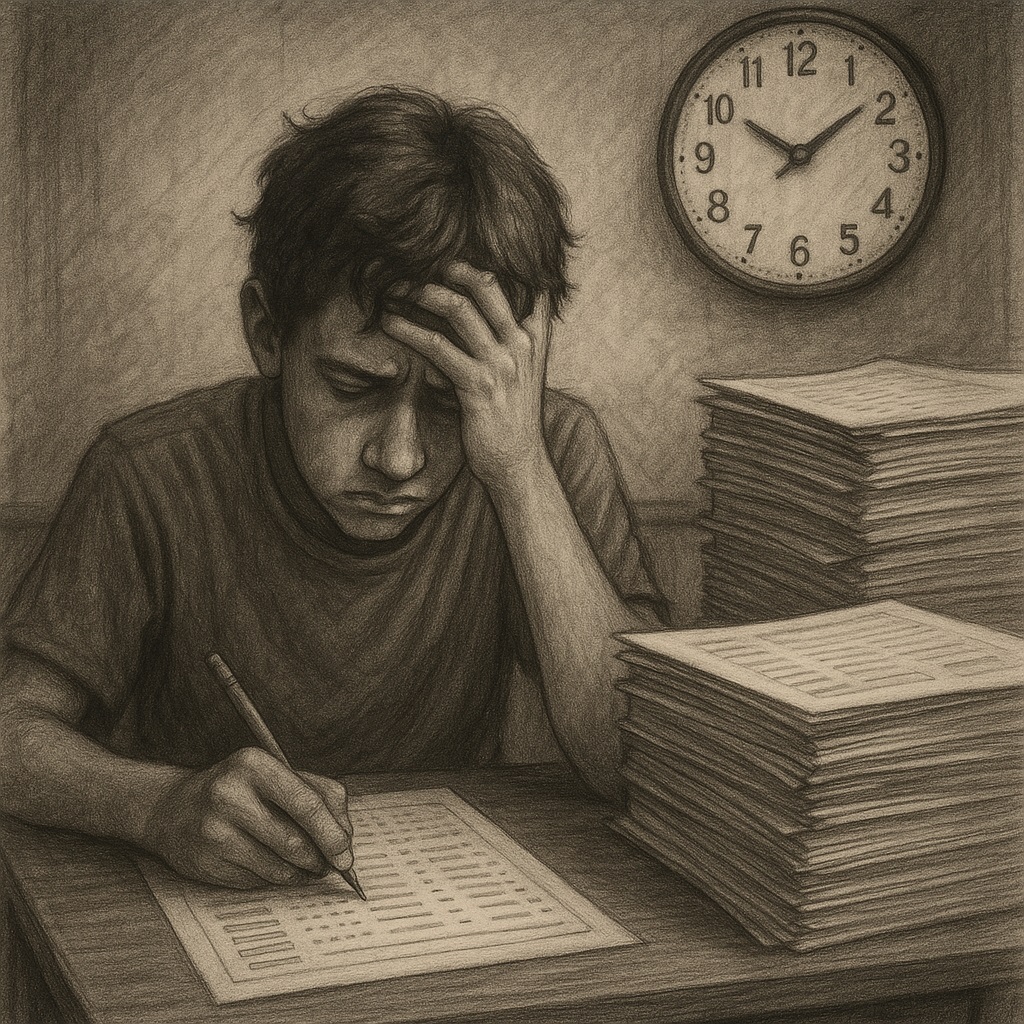
Standardized testing might seem like a useful way to measure student performance, but beneath the surface lie several standardized testing problems that harm students, teachers, and entire educational communities.
Why Tests Hold So Much Power
Standardized tests were originally intended to offer uniform academic benchmarks. However, they’ve morphed into tools for high-stakes decisions like student promotions, teacher evaluations, and school funding. This shift comes with significant unintended consequences.
The Real Costs of Standardized Testing Problems
The standardized testing problems seen in classrooms extend beyond lost instructional time
Lost Instructional Time
Teachers often devote weeks to test preparation, squeezing out deep, creative learning experiences. This shift narrows the curriculum and undermines critical thinking.
Anxiety for Students and Educators
Standardized tests create high-pressure environments. Students may experience severe anxiety, and teachers face the added stress of their performance being judged largely on test results.
Amplifying Inequality
Families with resources can provide test prep support, while low-income students without those benefits fall further behind. This gap is one of the biggest standardized testing problems, confirming that scores often reflect privilege rather than potential.
Funding and Recognition Shifts
Schools scoring higher often attract more resources and accolades, while struggling schools get scapegoated, deepening disparities.
Experts on Standardized Testing Problems
Brooks: “Standardized tests aren’t the problem; it’s how we use them,” highlighting issues like Campbell’s Law, where overreliance corrupts the value of tests.
FairTest: The organization explicitly critiques using tests for ranking schools, evaluating teachers, or deciding student advancement.
Brookings also emphasizes in a related report that high-income students outscore low-income peers sometimes by nearly 300 points on the SAT.
Alternatives Worth Exploring
Addressing Standardized Testing Problems Through Authentic Assessments
Engages students in real-world tasks such as projects, portfolios, or presentations allowing them to demonstrate deeper learning rather than memorization.
Teacher-Guided and Performance-Based Assessment
Creating classroom assessments like portfolios or student-led presentations helps educators gauge real learning growth over time.
Embedded, Meaningful Test Prep
Instead of cramming, teachers can integrate test concepts into daily lessons making prep part of learning, not a distraction.
Learning Over Living Tests
Standardized testing isn’t going away anytime soon. But to create equitable, enriching schooling, we need to rethink the weight we place on these tests. Real education fosters critical thinking, creativity, and long-term growth not just fill-in bubbles.
Dive deeper into how politics shape testing policies in Lonnie Palmer’s book The Politics of Education K-12 on Amazon.
Related Reading & Resources
Internal Links:
External Links:
- FairTest – National Center for Fair & Open Testing
- Brookings – Standardized Tests Aren’t the Problem; How We Use Them
- Edutopia – Assessing Learning Without a Test
FAQs
Q1. Why are standardized tests so influential in education?
Standardized tests were designed to set academic benchmarks, but they now drive high-stakes decisions like student promotion, teacher evaluations, and school funding.
Q2. How do standardized tests affect classroom learning?
Teachers often lose weeks to test prep, limiting time for creativity, critical thinking, and deeper learning experiences.
Q3. Do standardized tests create stress for students and teachers?
Yes. Students face anxiety from high-pressure testing environments, while teachers feel stress from being evaluated based on test results.
Q4. Do standardized tests reinforce inequality?
Often. Students from higher-income families benefit from private test prep resources, while low-income students without these supports are disadvantaged, widening achievement gaps.
Q5. What are alternatives to standardized testing?
Options include project-based learning, student portfolios, teacher-guided assessments, and performance-based evaluations that better measure real growth and critical thinking.